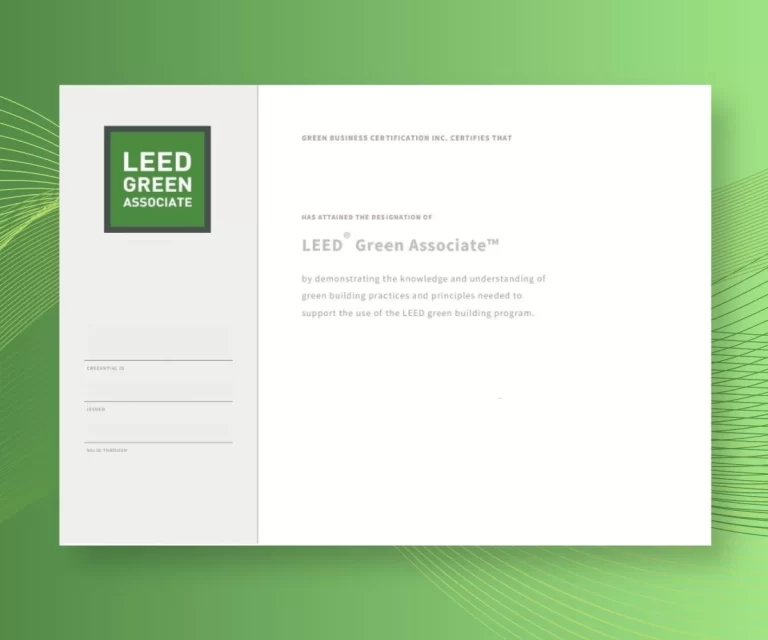Green building certification programs are becoming increasingly popular as more people recognize the importance of sustainable and environmentally-friendly construction practices. These certifications provide a way for builders and developers to showcase their commitment to green building principles and can also offer a range of benefits, including cost savings, increased marketability, and improved occupant health and comfort. In this article, we will explore some of the top green building certification programs that are currently in demand and discuss how they can benefit your project.
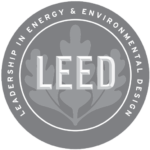
Best of Green Building Certifications, #1 LEED Certification
One of the most well-known and often utilized green building certifications is LEED (Leadership in Energy and Environmental Design). The U.S. Green Building Council’s LEED program offers a framework for environmentally friendly building design, development, and operation. Buildings may gain points in a variety of areas, including indoor air quality, water conservation, and energy efficiency, to reach certification levels ranging from Certified to Platinum. Buildings that have achieved the LEED certification may lessen their environmental impact, enhance tenant comfort and health, and perhaps even raise their property value.

2. WELL Building Standard
A certification method called the WELL Building Standard places a strong emphasis on the health and happiness of building inhabitants. It tackles seven aspects of building performance: air, water, nutrition, light, fitness, comfort, and mind. It was developed by the International WELL Building Institute. Buildings may accumulate points in each category to reach the Silver, Gold, or Platinum certification levels. The WELL accreditation may assist buildings in promoting healthy eating habits, increasing physical activity, and improving interior air quality.

3. Living Building Challenge
A green building certification scheme that does more than only lessen environmental effect is called the Living Building Challenge. It aspires to construct structures that are environmentally friendly and regenerate themselves. Buildings must adhere to stringent standards in seven performance categories, including site, water, energy, health, materials, equity, and aesthetics, in order to be certified. The most demanding and renowned green building certification available is the Living Building Challenge designation.
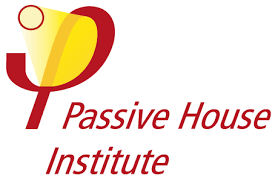
4. Passive House Certification
A green construction certification scheme called Passive House Certification puts an emphasis on energy efficiency and lowering a structure’s carbon impact. Strict energy performance requirements, such as a maximum yearly heating and cooling demand, a maximum air leakage rate, and a maximum primary energy demand, must be met by buildings before they can be certified. Globally recognized and growing in popularity in the US as more architects and builders strive to design energy-efficient structures is the Passive House Certification.
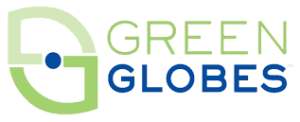
5. Green Globes Certification
A green building certification scheme called Green Globes examines a building’s environmental performance using a number of factors, such as energy efficiency, water conservation, and indoor air quality. Buildings are rated using a point system, with higher scores signifying greater environmental performance. As an alternative to LEED certification, Green Globes Certification is widely utilized and accepted in the US and Canada.

6. BREEAM
Building Research Establishment Environmental Assessment Method, or BREEAM, is a worldwide utilized green building certification that was developed in the UK. It evaluates the environmental performance of a building in a number of areas, including energy, water, materials, and waste. Buildings may have their environmental effect lessened, their occupants’ health and welfare improved, and their market value raised with the aid of BREEAM certification.

7. DGNB
The German-based DGNB (Deutsche Gesellschaft für Nachhaltiges Bauen) certification program assesses the sustainability of buildings in a number of areas, including social, economic, and ecological aspects. It is regarded as one of the most thorough green construction certifications available and is accepted all around the world. Buildings may have their environmental effect lessened, their occupants’ health and welfare improved, and their market value raised with the aid of DGNB certification.

8. Green Star
The Green Building Council of Australia (GBCA) created the Green Star certification program to assess the sustainability of communities and buildings. With projects in over 75 countries, it is one of the most well-known green building certifications worldwide. The evaluation process for Green Star certification looks at a number of things, such as energy and water efficiency, indoor air quality, and sustainable materials. It may assist buildings in lessening their environmental effect, enhancing the health and wellness of its occupants, and raising their market value.

9. CASBEE
The Building Research Institute (BRI) in Japan created the green building certification program known as CASBEE (Comprehensive Assessment System for Built Environment Efficiency). It assesses the environmental performance of structures and neighborhoods using a wide range of standards, such as energy effectiveness, resource conservation, and interior environmental quality. Buildings may have their environmental effect lessened, their occupants’ health and welfare improved, and their market value raised with the aid of CASBEE certification. It is highly known in Japan and is becoming more well-liked outside.

10. Fitwel
A green building certification program called Fitwel places a strong emphasis on enhancing tenant health and happiness. Fitwel is a tool for evaluating buildings that was created by the Centers for Disease Control and Prevention (CDC) and the General Services Administration (GSA) in the United States. It uses a set of operational and architectural principles that have been shown to encourage healthy behaviors and enhance overall health outcomes. Fitwel certification may assist buildings in attracting and keeping tenants, boosting worker output, and cutting healthcare expenditures. It is becoming more well-liked in the US and spreading to other nations as well.
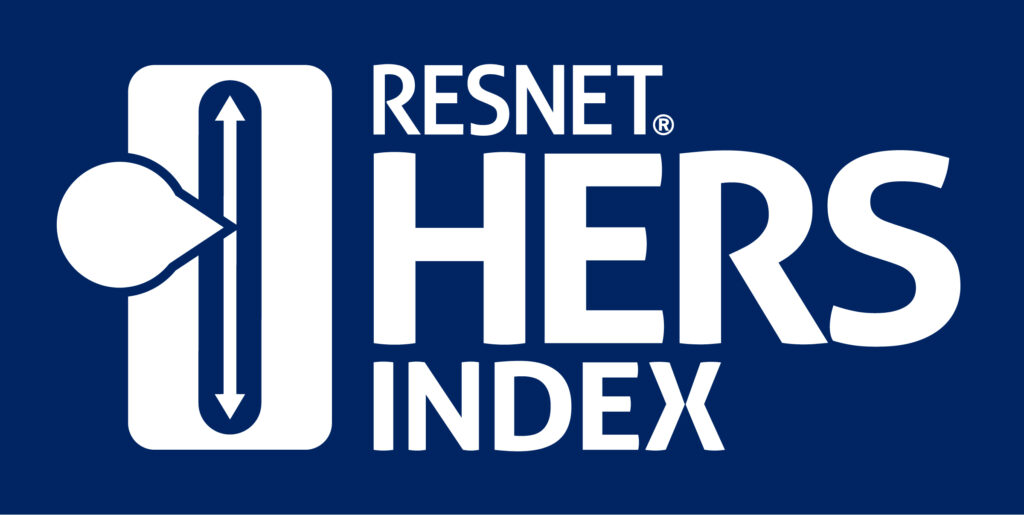
11. HERS Index Rating
From 0 (a net-zero energy house, meaning it produces as much energy as it consumes) to 150 (a home designed to the minimal criteria of the 2006 International Energy Conservation Code), this is the range across which the HERS Index Score may range.
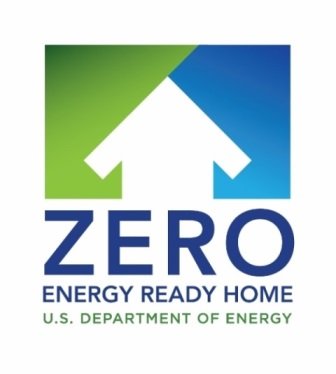
12. DOE Zero Energy Ready Home Program
Builders that take the lead in addressing issues of energy efficiency, indoor air quality, and zero-energy readiness will be recognised in a meaningful manner by the Department of Energy’s Zero Energy Ready Home programme. The programme is based on the tried and true innovations and best practises of Building America, as well as the extensive building science standards of ENERGY STAR® for Homes Version 3.

14. ENERGY STAR
The Environmental Protection Agency and the Department of Energy collaborate on the ENERGY STAR® programme. Its purpose is to encourage the use of energy-efficient goods and practises so that people may save costs and safeguard the environment. High-quality, reasonably priced items, residences, and buildings may be recognised by the ENERGY STAR designation.

15. Indoor airPLUS
A voluntary collaboration and labelling programme, Indoor airPLUS aids homebuilders in enhancing indoor air quality in newly constructed homes. Specific building methods and materials must be used to qualify for the programme. Taking these measures will lessen your contact with airborne toxins and contaminants.

16. PHIUS
High-performance passive construction is not yet the industry norm, but Phius (Passive House Institute US, Inc.) is working to change that. Professionals are trained and certified by PHIUS, the PHIUS+ climate-specific passive building standard is maintained, certified passive structures are quality assured, and new research is conducted to improve high-performance construction. PHIUS+ compliant buildings may reduce their HVAC energy consumption by as much as 50 percent.
Conclusion
In conclusion, there are many green building certifications, each of which is geared to a different country or specialty, including the US, Germany, Australia, the UK, and many more. Although each certification emphasizes various aspects, they all aim to lessen their harmful effects on the environment.
Individuals may acquire the knowledge and abilities required to manage buildings under these certifications or design in a more sustainable way by earning green building accreditations and continuing education. It is clear that the ultimate goal of green building is to develop environmentally friendly buildings that contribute to a greener future since the key ideas of green building overlap across certifications. Consider taking our free LEED training by clicking here, which offers insightful information on sustainable construction processes and how to become a LEED Green Associate and LEED AP.

